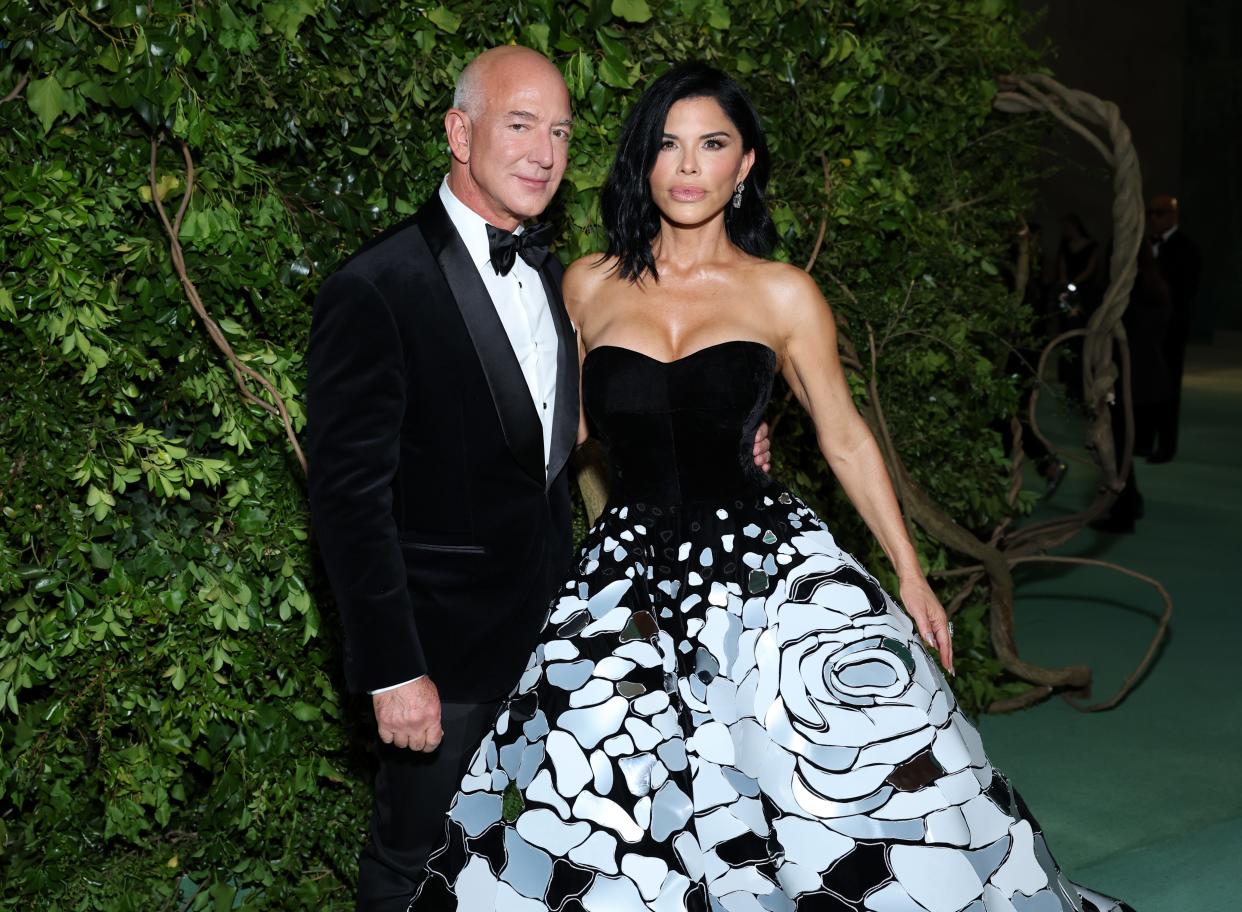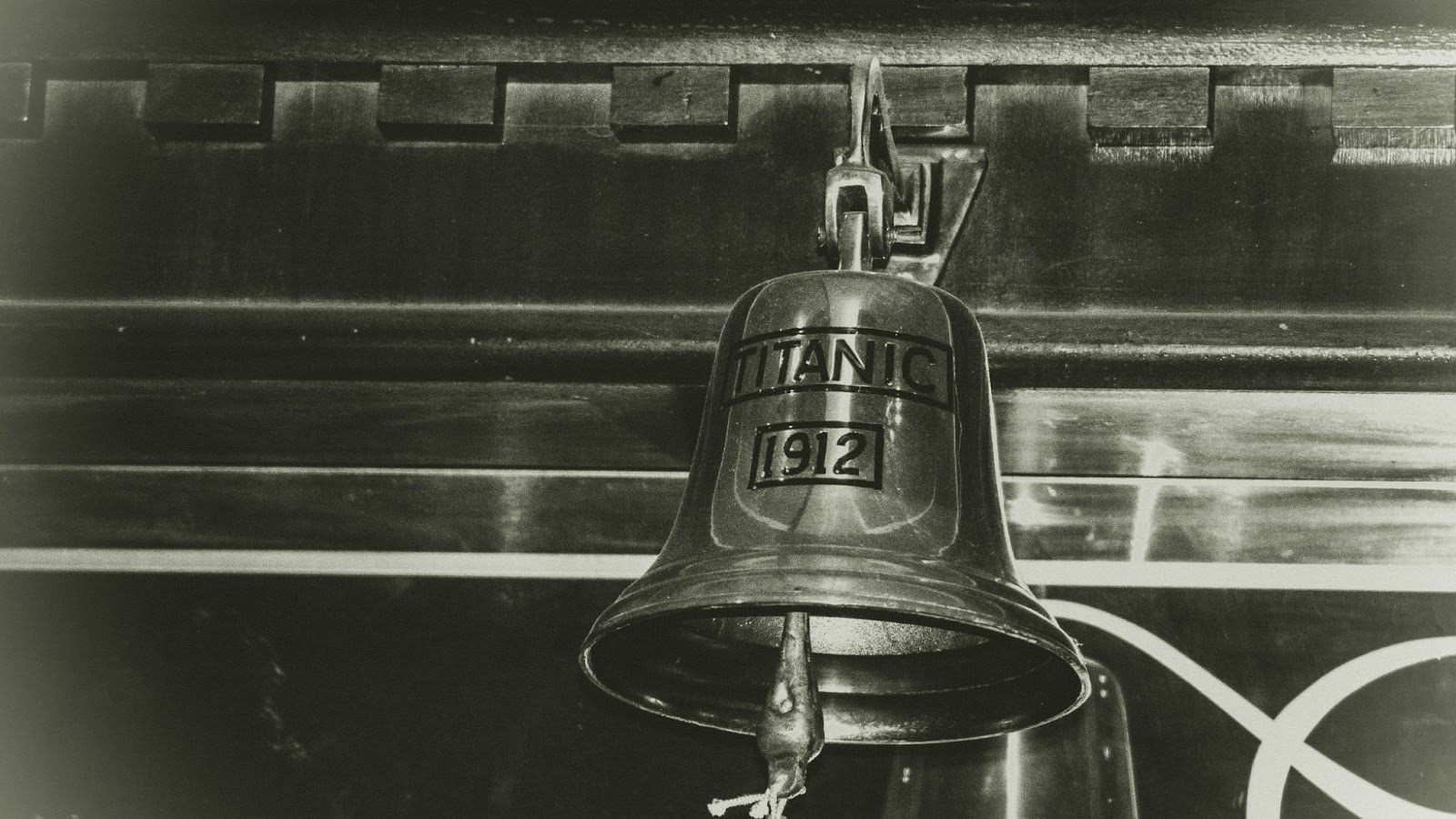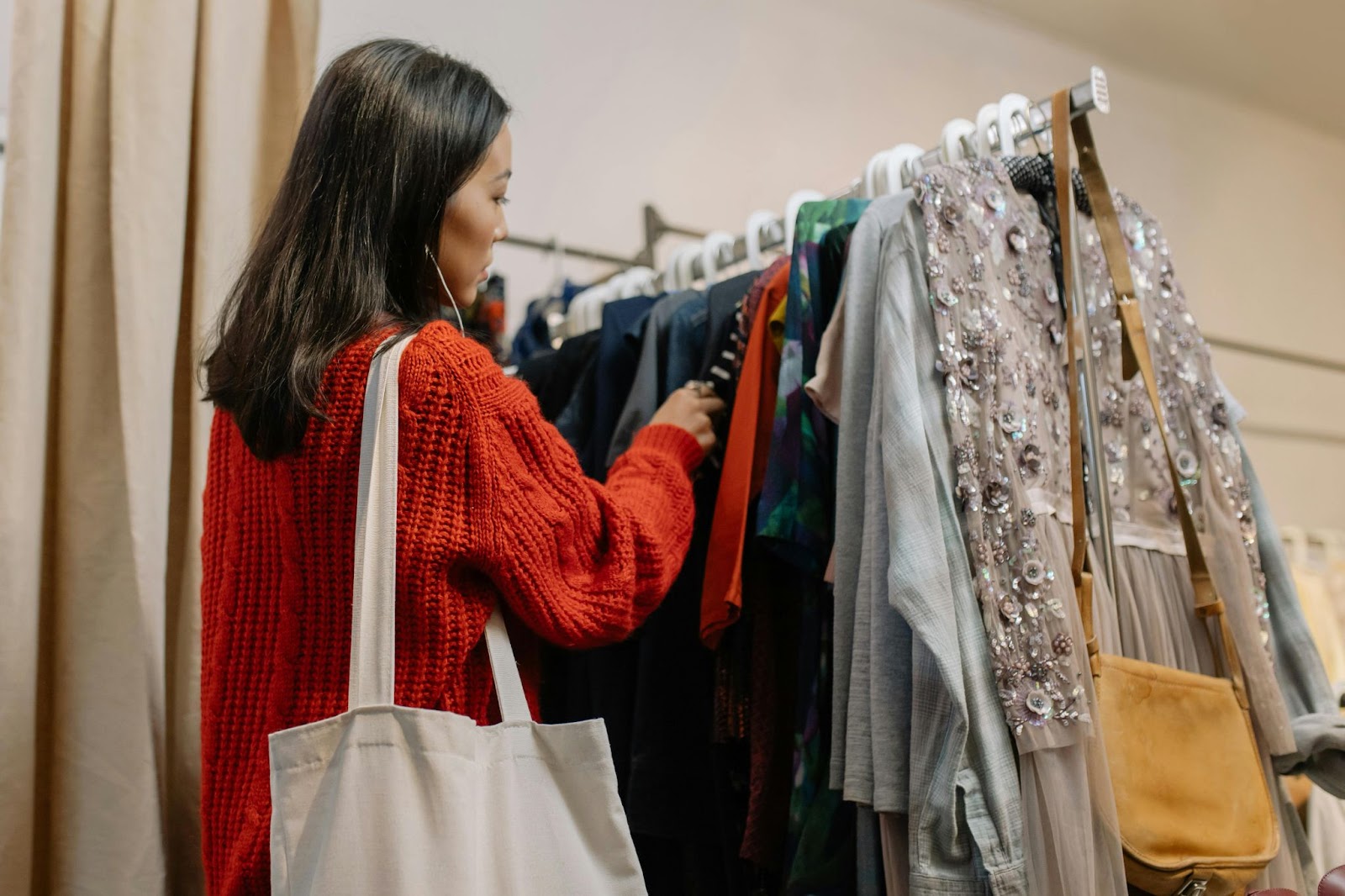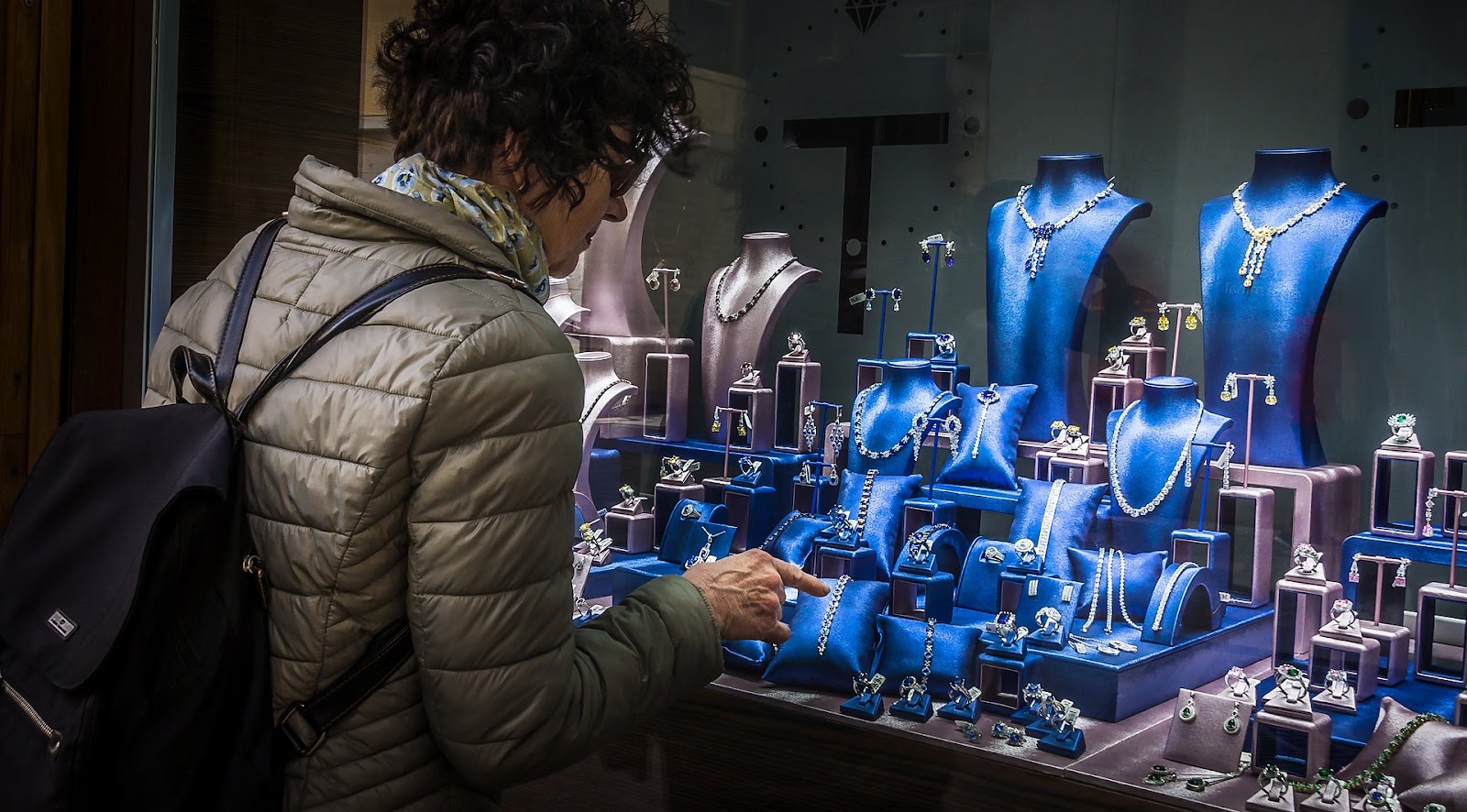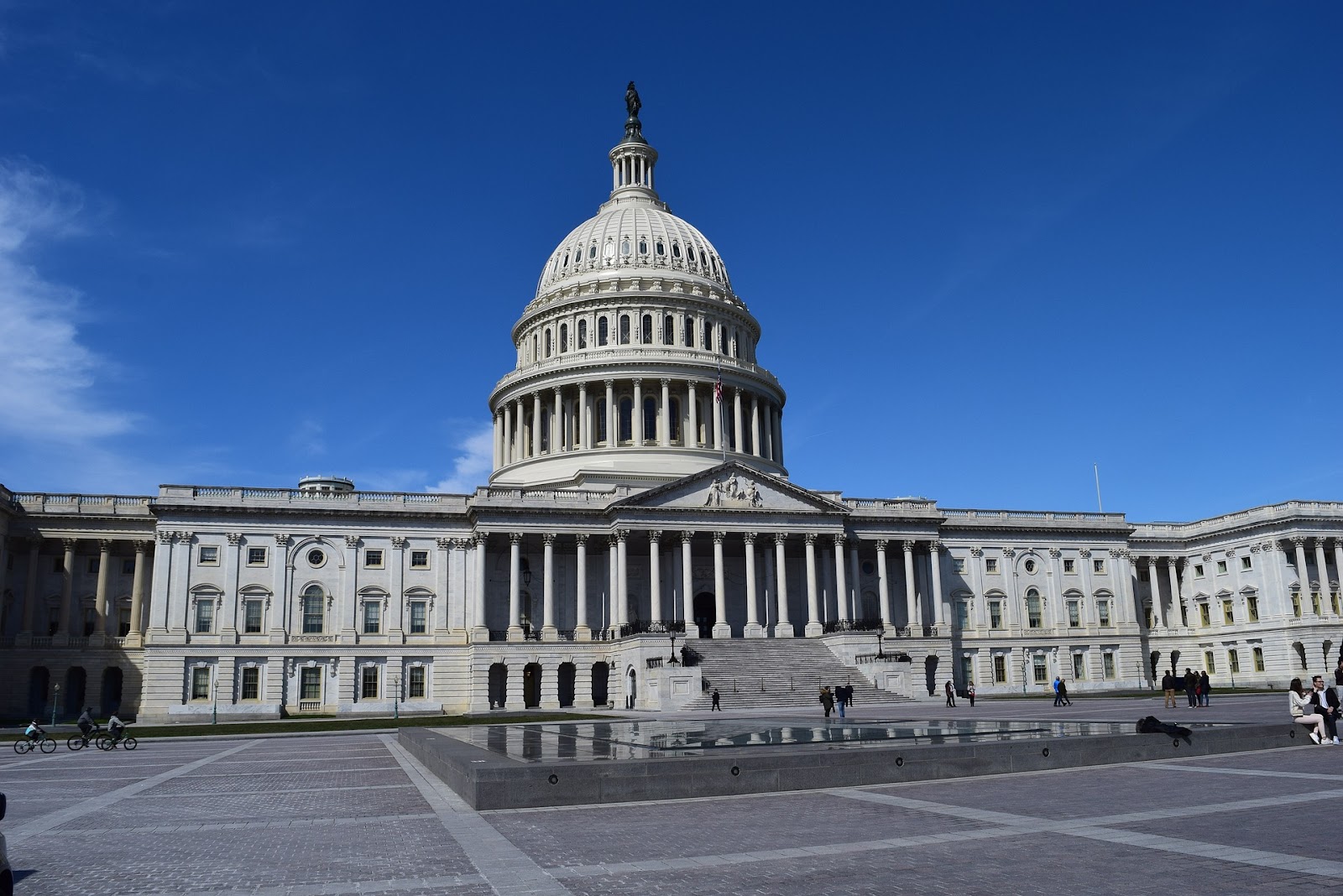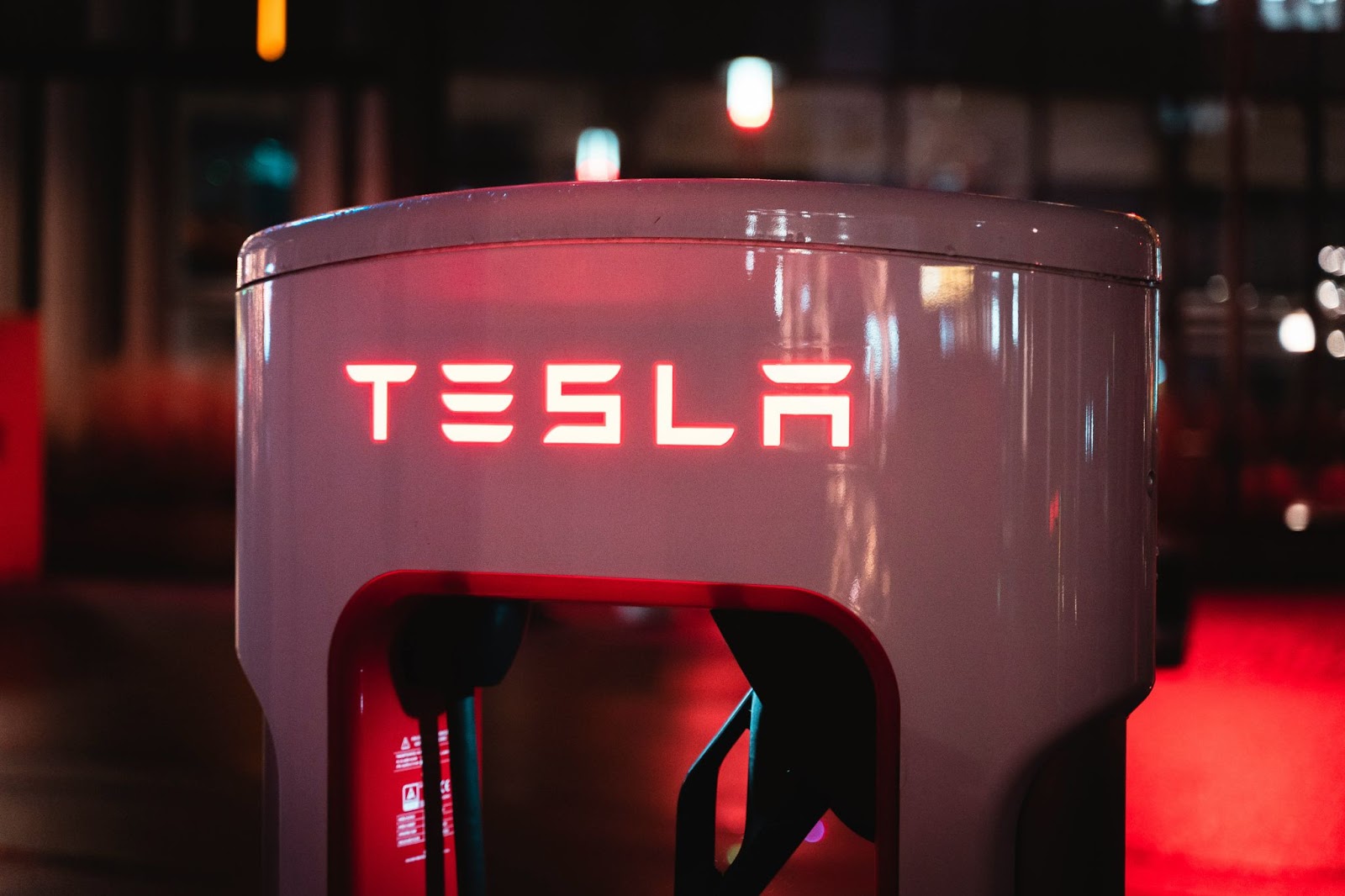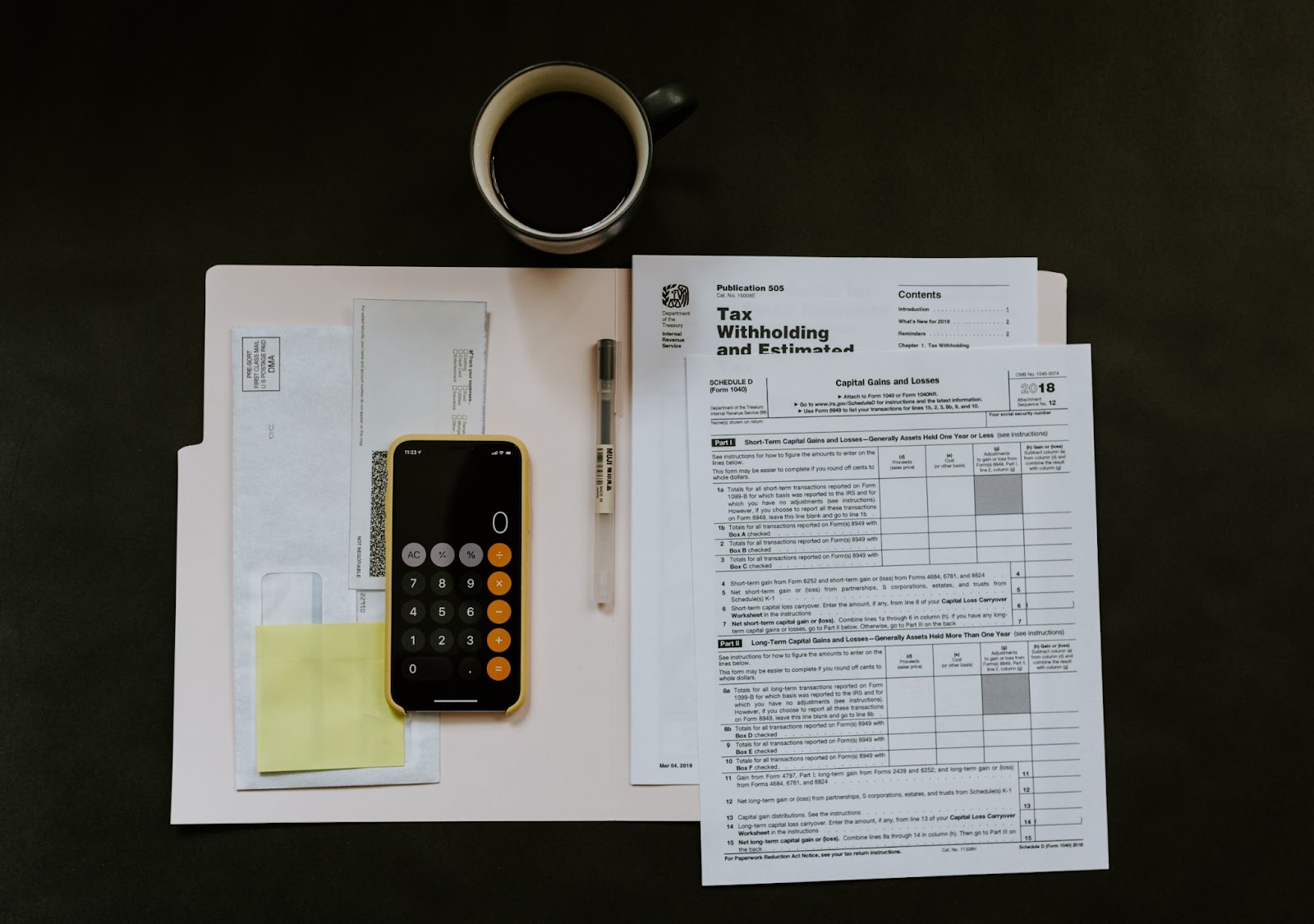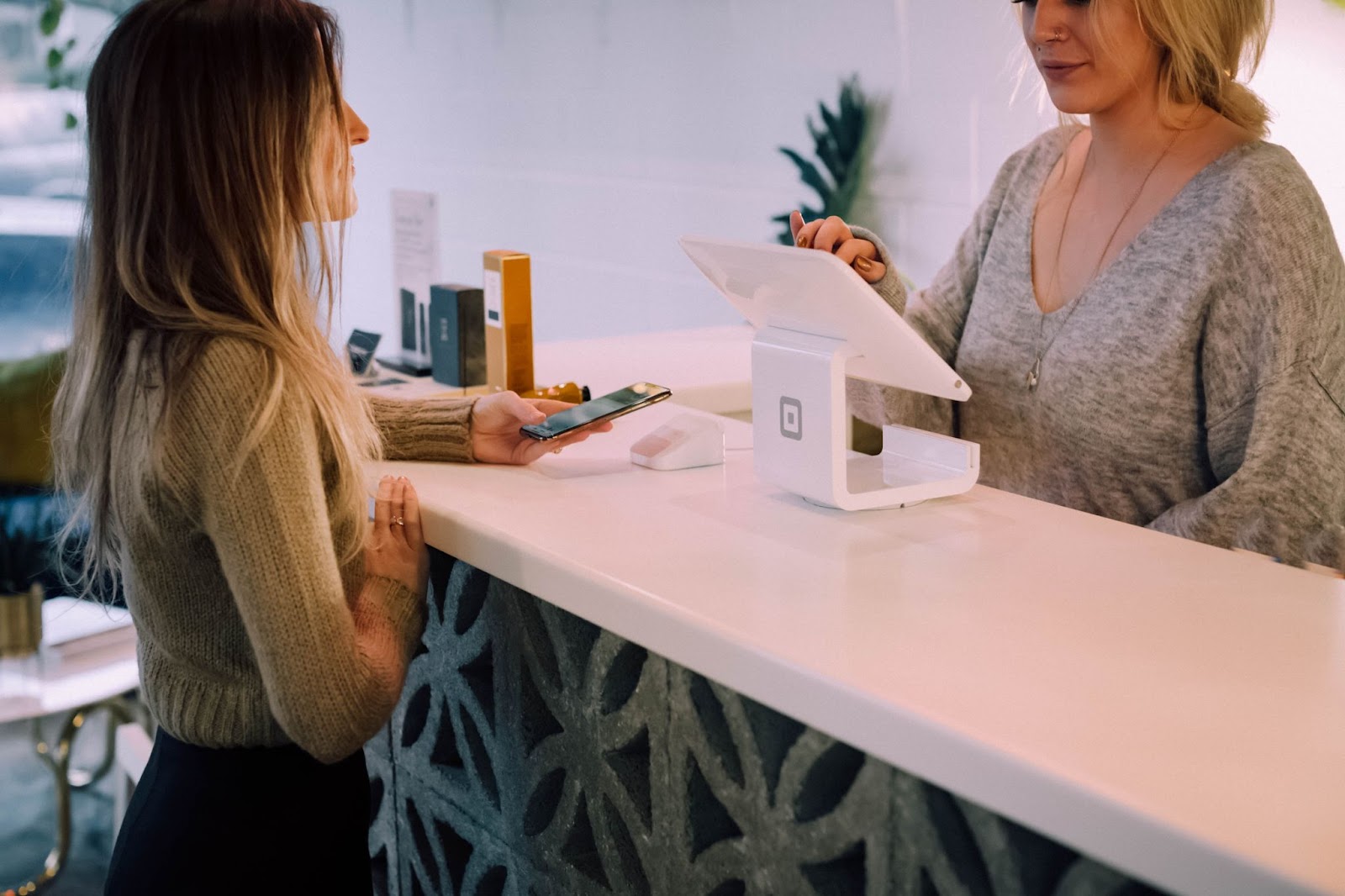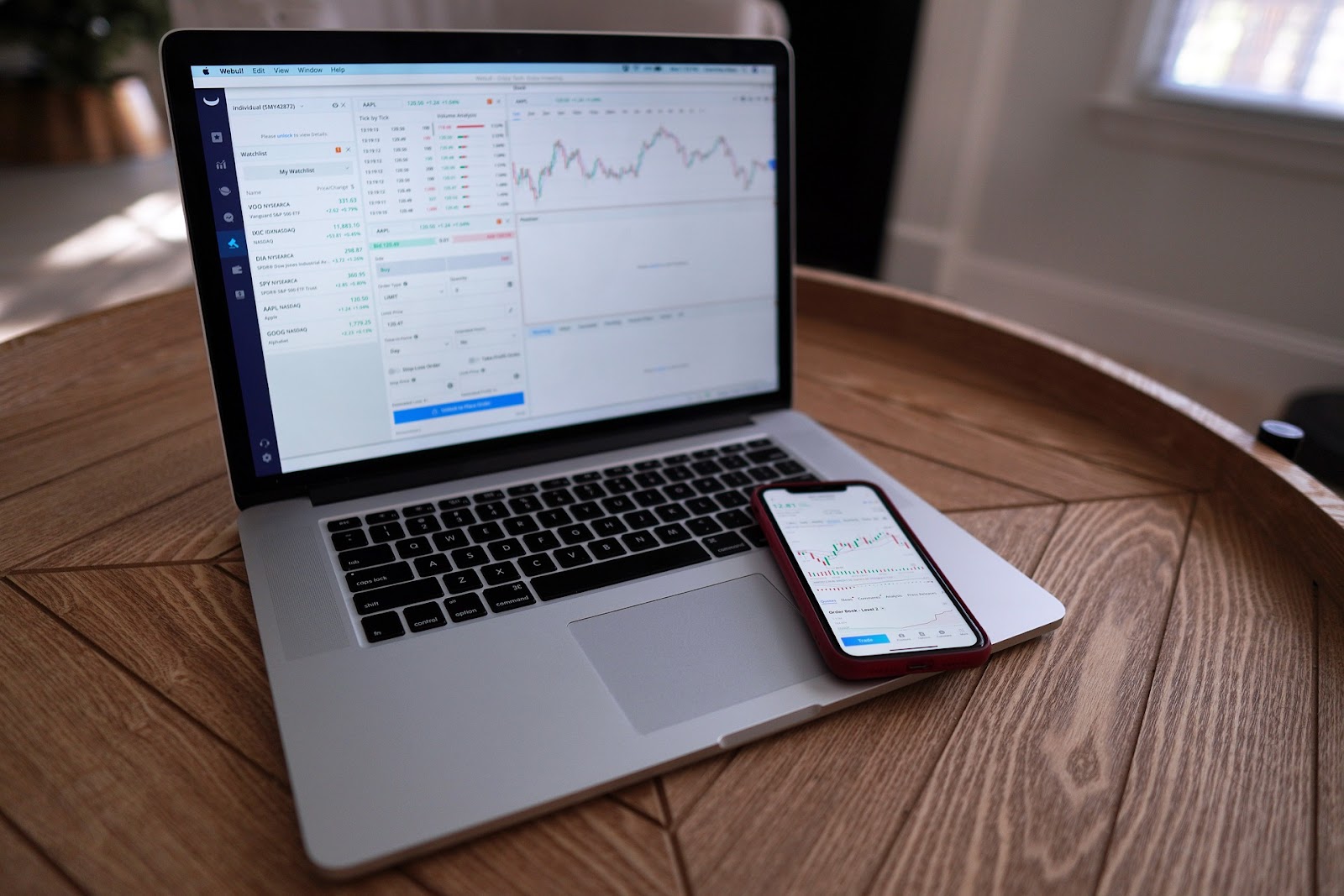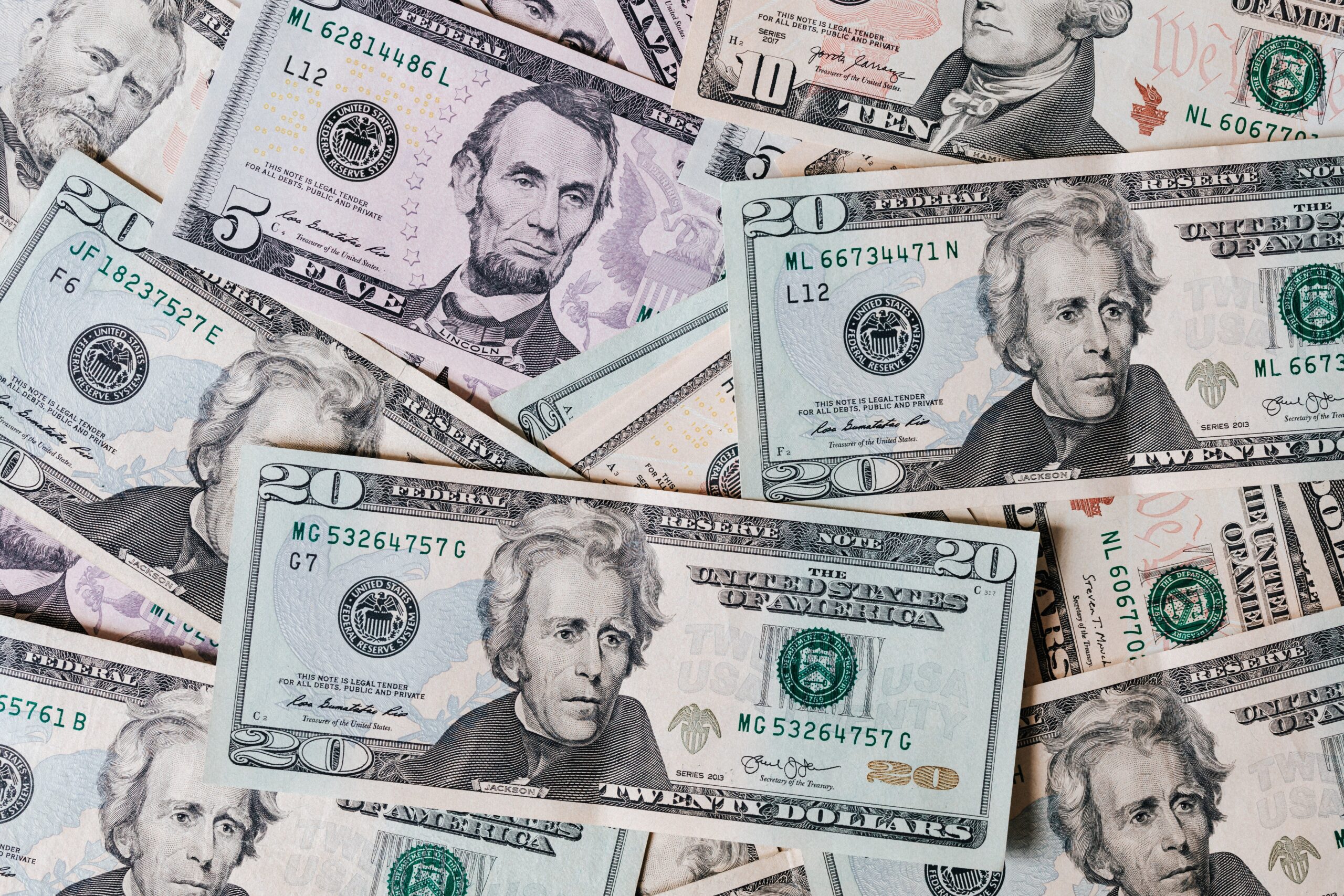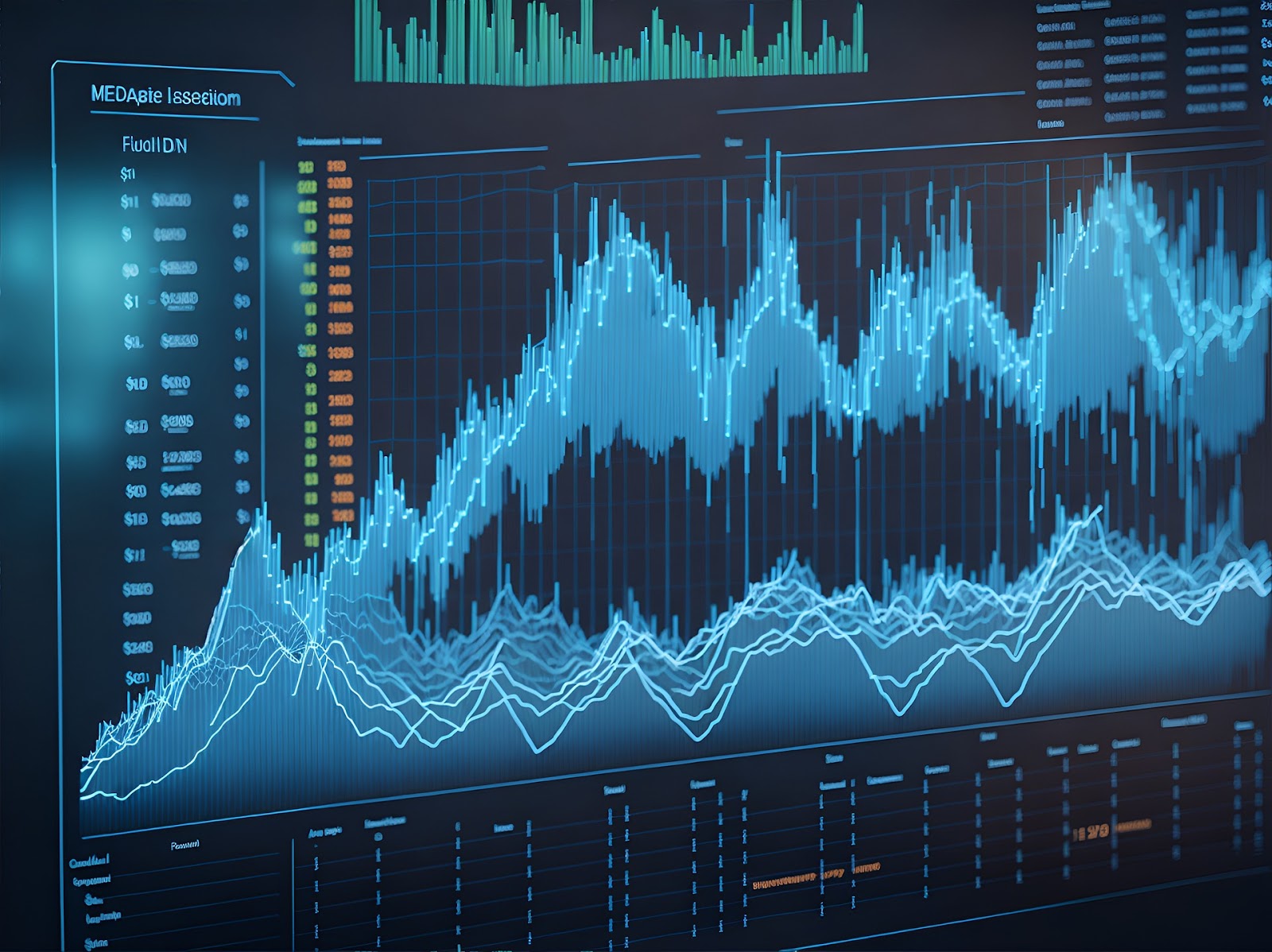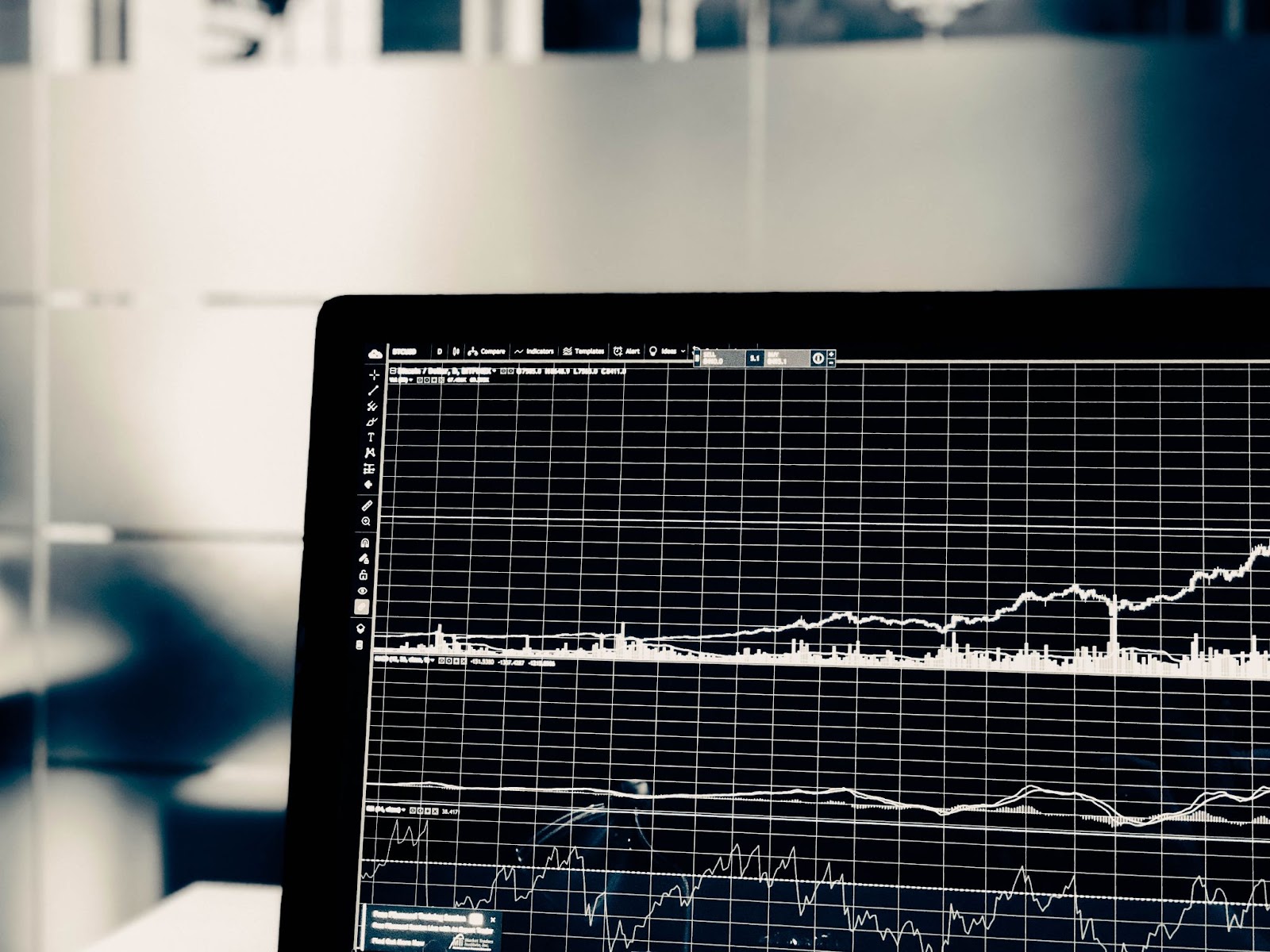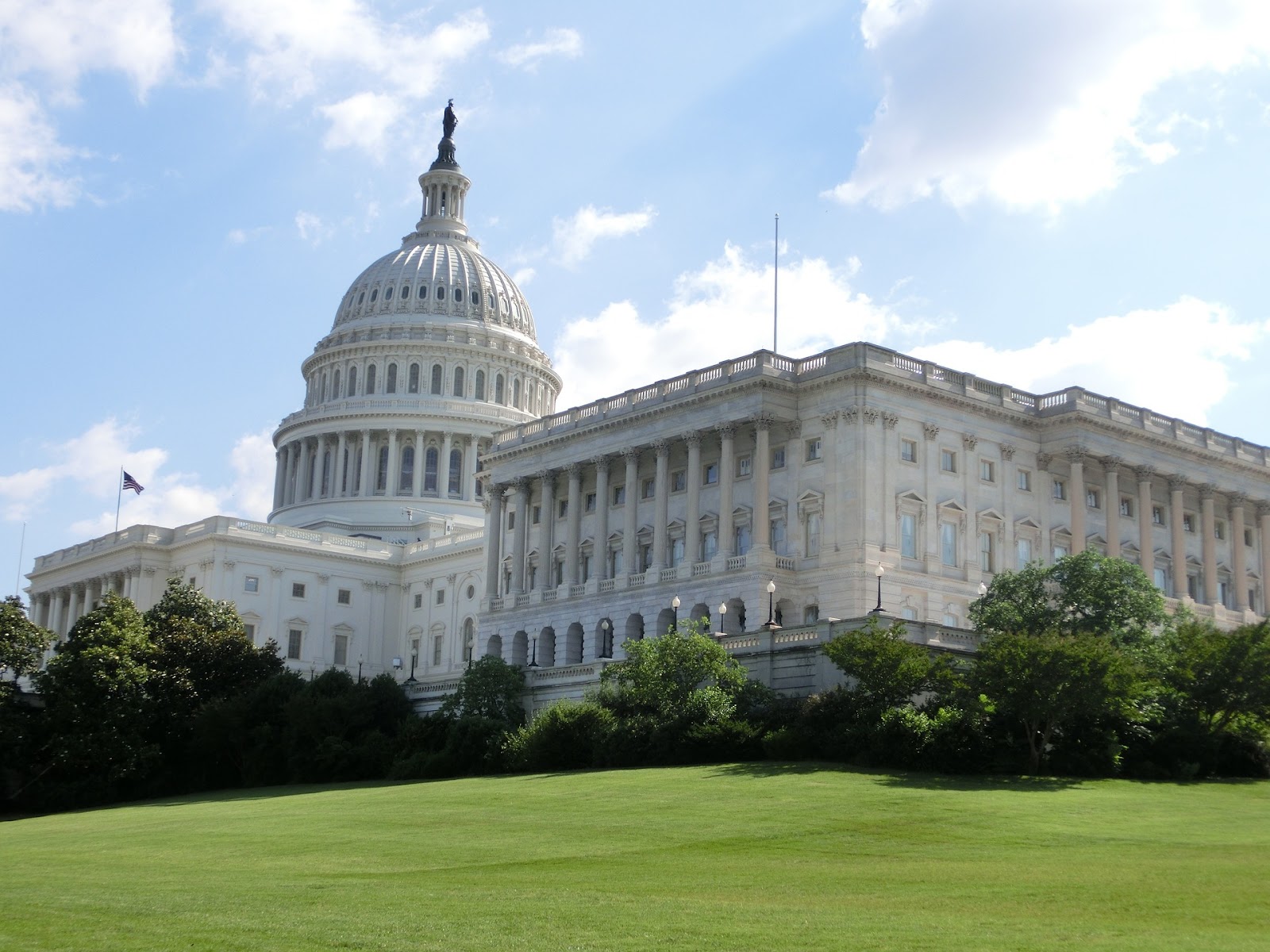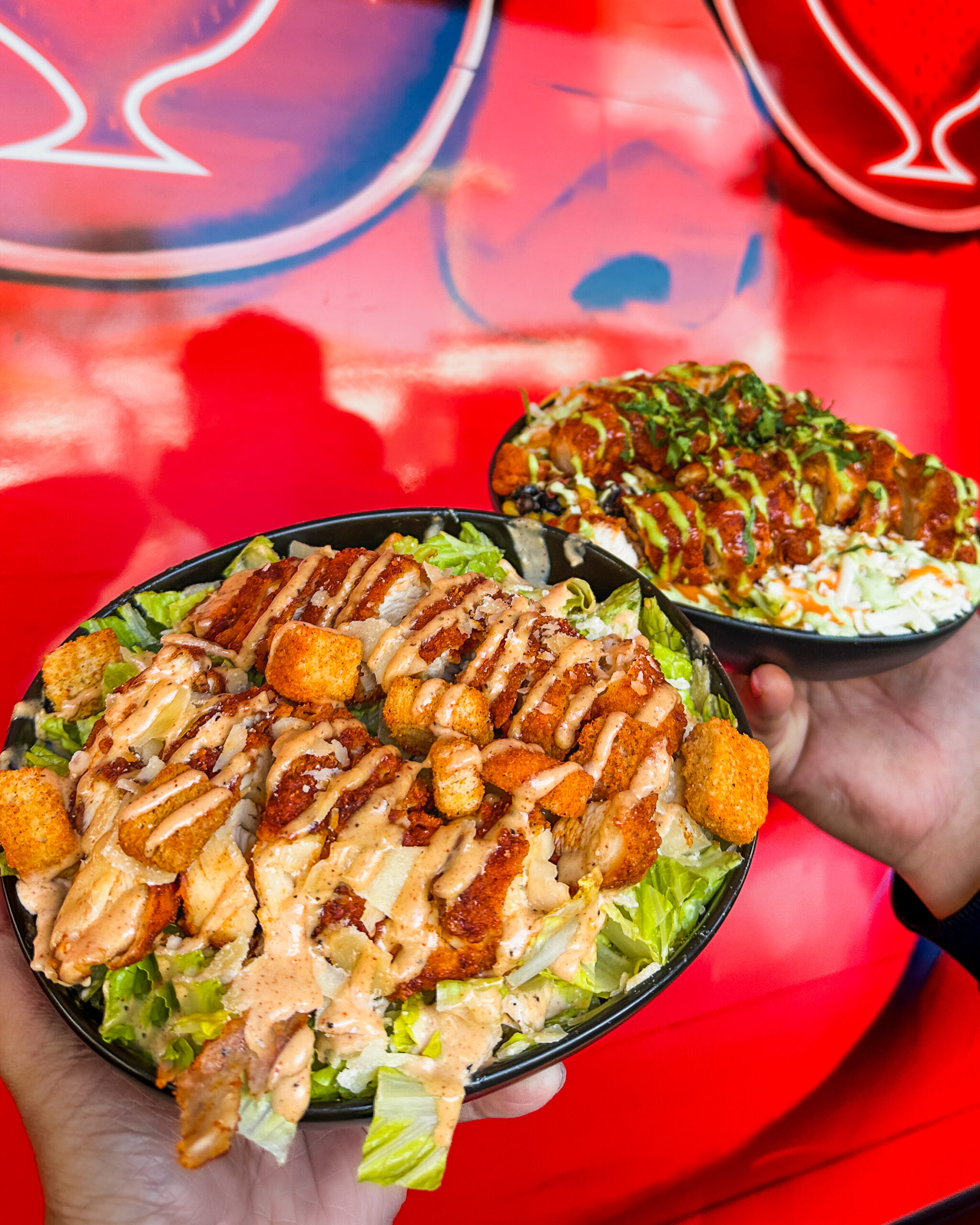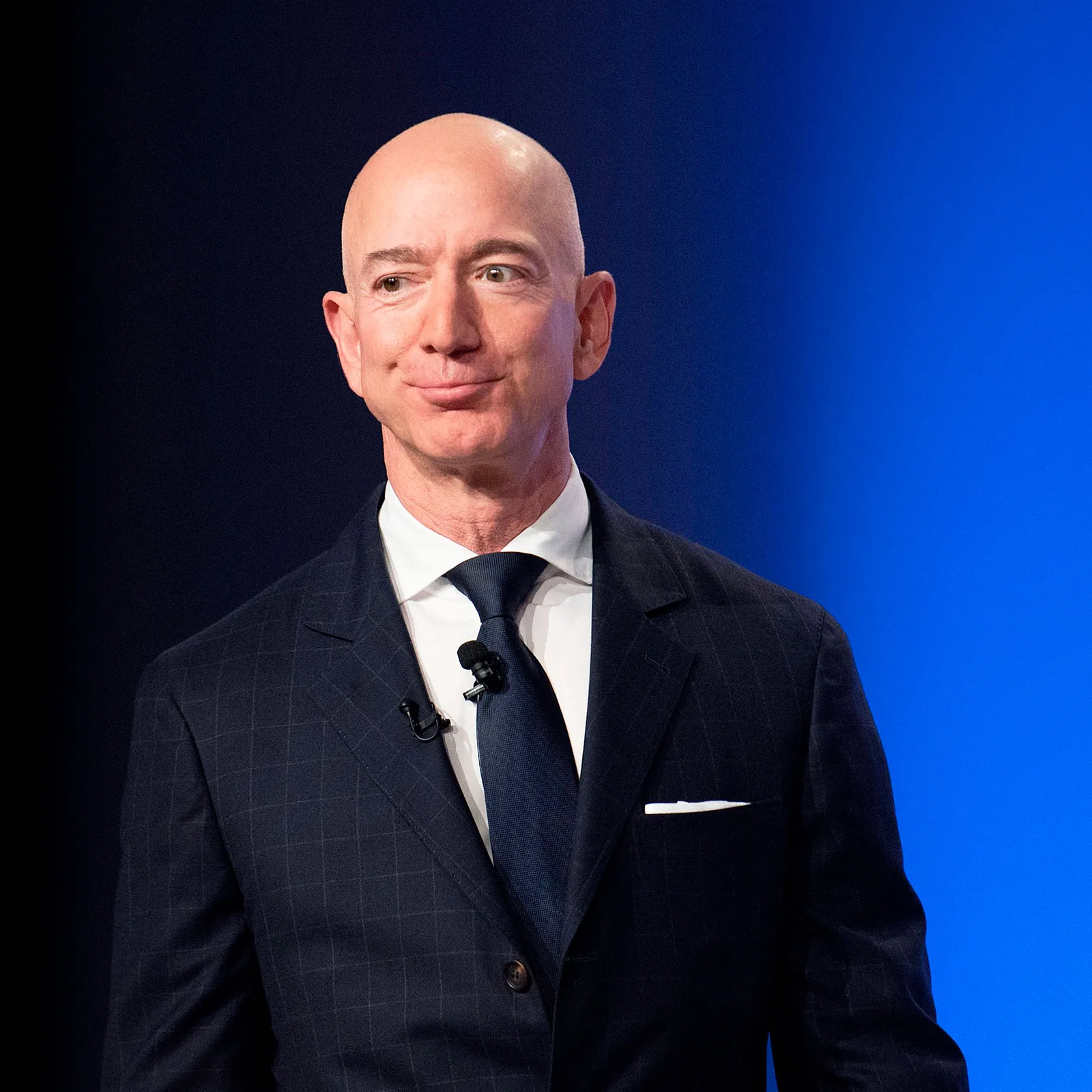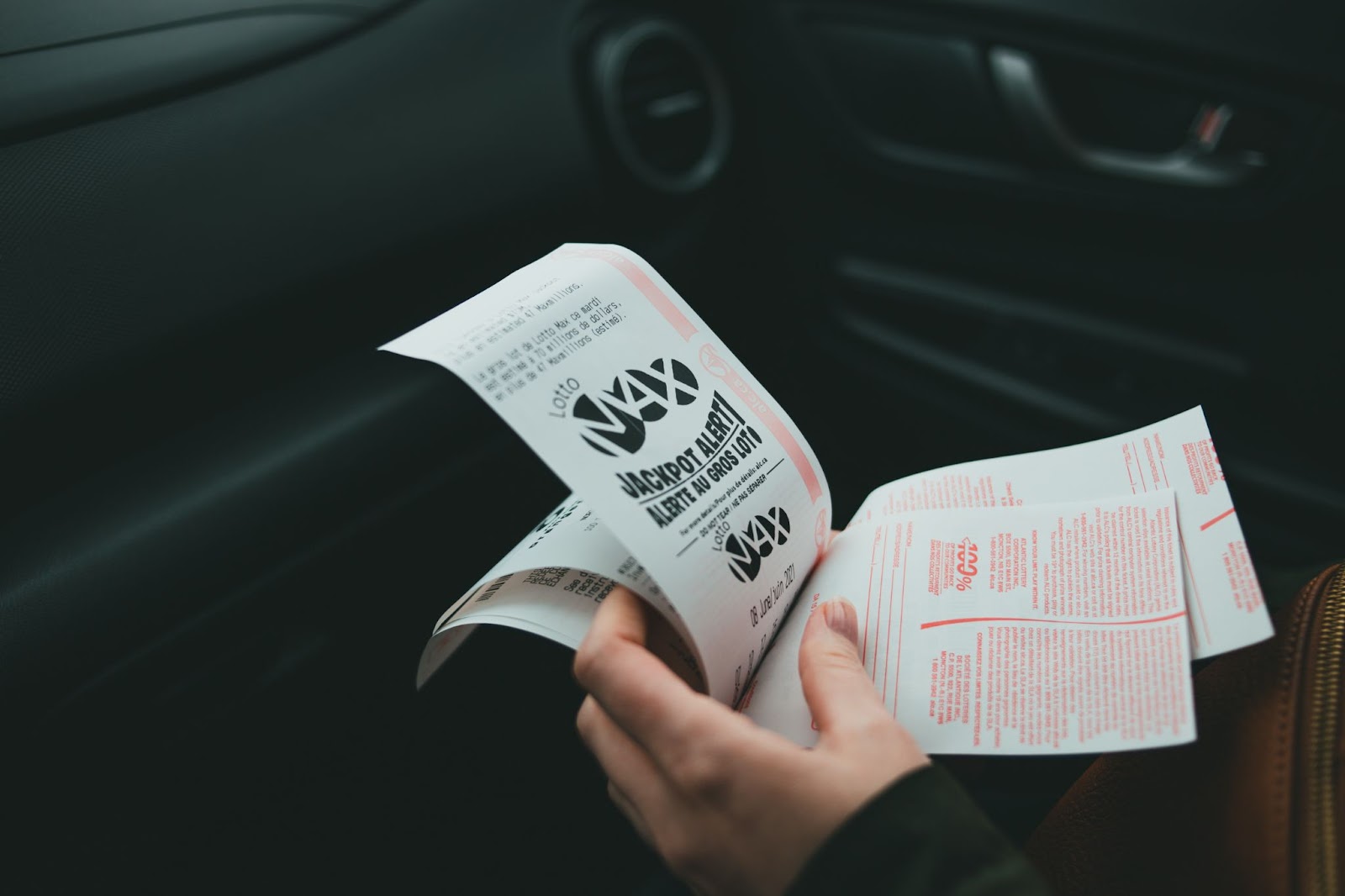In the ever-evolving sphere of digital marketing, determining Return on Investment (ROI) remains a pivotal metric for businesses navigating the multifaceted universe of advertising campaigns. Traditionally, the equation was relatively simple – equate advertising expenditure to customer engagement and resultant conversions. But, the ascendancy of social media influencers, especially on platforms like Instagram, has stirred the waters, introducing complexities into the ROI calculus.
Instagram, a platform synonymous with creativity and brand expression, ironically poses distinct challenges when it comes to ROI analytics. Specifically, its restrictions on embedding clickable links within posts. This limitation has carved a maze for marketers and influencers, with both sides seeking the elusive answer to a pressing question: How do we tangibly measure influencer-driven campaign value?
Picture this: an influencer meticulously designs a post, weaving in products seamlessly and subtly placing a URL in the caption. Their engaged followers, enamored by the content, are motivated to delve deeper. Here, however, Instagram’s structural constraints come into play. Followers must manually transfer the URL into their browsers, a seemingly trivial step but one with profound implications for ROI tracking.
This manual transition disconnects the user’s journey, often sidelining pivotal referral data essential for discerning web traffic origins. The result? An obscured visibility into the influencer’s genuine contribution, making traditional attribution models appear archaic.
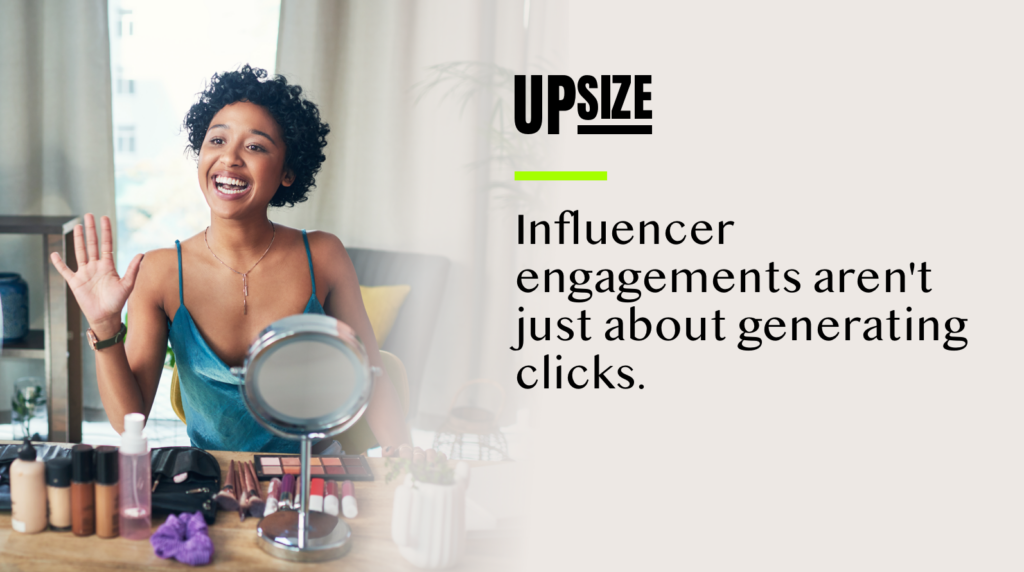
The crux of the challenge lies in attribution. For influencer marketing, attribution isn’t merely a technical aspect but the very foundation of ROI evaluations. Yet, legacy attribution models are glaringly inadequate to capture the intricate dynamics of influencer engagements. The sophisticated journeys, marked by myriad interactions and touchpoints, call for a more evolved attribution paradigm.
Influencer engagements aren’t just about generating clicks. They’re about building brand resonance, fostering trust, and crafting sustained narratives over extended periods. Such layered interactions often overshoot the confines of conventional attribution methodologies, leading to potential ROI misinterpretations.
Enter UpSize, a vanguard in AI-powered marketing automation. Sensing the gaping need for a fresh approach to influencer ROI analysis, UpSize introduces its flagship solution – the time-based referral attribution model.
This avant-garde approach offers a comprehensive view, considering not just the terminal engagement but the entire influencer-audience interaction spectrum. By infusing time as a crucial variable, it captures the holistic influence of influencer campaigns, providing brands with an authentic measure of influencer efficacy.
UpSize‘s marriage of AI with influencer marketing is symbolic of a transformative shift in digital advertising. Their state-of-the-art platform equips brands with the tools to decipher the convoluted landscape of influencer ROI with renewed clarity. As the contours of digital marketing continue to shift, pioneers like UpSize are lighting the way, ensuring every influencer’s efforts are genuinely acknowledged and meticulously measured.
In the dominion where influencer marketing is gaining paramount importance, UpSize stands as a beacon, redefining ROI paradigms, and championing a future where every engagement narrates a tale of brand allegiance, recognition, and expansion.
Written in partnership with Tom White.























